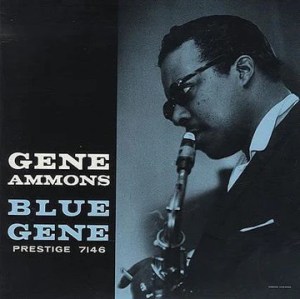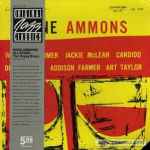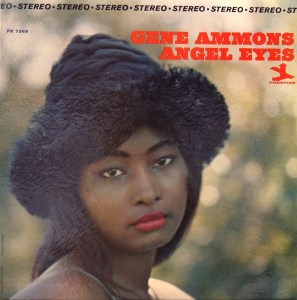 More of the Music of Gene Ammons
More of the Music of Gene Ammons
More Recordings by Rudy Van Gelder
For us audiophiles both the sound and the music here are wonderful. If you’re looking to demonstrate just how good a 1958 All Tube Analog Prestige recording by Rudy Van Gelder can sound, this killer copy will do the trick.
This pressing is super spacious, sweet and positively dripping with ambience. Talk about Tubey Magic, the liquidity of the sound here is positively uncanny. This is vintage analog at its best, so full-bodied and relaxed you’ll wonder how it ever came to be that anyone seriously contemplated trying to improve it.
This IS the sound of Tubey Magic. No recordings will ever be made like this again, and no CD will ever capture what is in the grooves of this record. There is, of course, a CD of this album, but those of us who possess a working turntable and a good collection of vintage vinyl could care less.
What We Listen For on Blue Gene
The best copies are rich and tubey; many pressings were thin and modern sounding, and for that they would lose a lot of points. We want this record to sound like something RVG recorded in 1958, and the best copies give you that sound, without the surface noise and groove damage the originals doubtless suffer from.
Some copies have much more space; some are more present, putting the musicians right in the room with you; some are more transparent, resolving the musical information much better than others, letting you “see” everyone in the studio clearly. Some have more rhythmic drive than others. On some the musicians seem more involved and energetic than they do on the average pressing.
The copies that do all these things better than other copies are the ones that win our shootouts.
This is clearly one of the better copies we have ever played. We think you will enjoy it immensely. And watch for more Gene Ammons records coming to the site soon. With RVG at the board his recordings are often superb.
(more…)



 More of the Music of Gene Ammons
More of the Music of Gene Ammons

